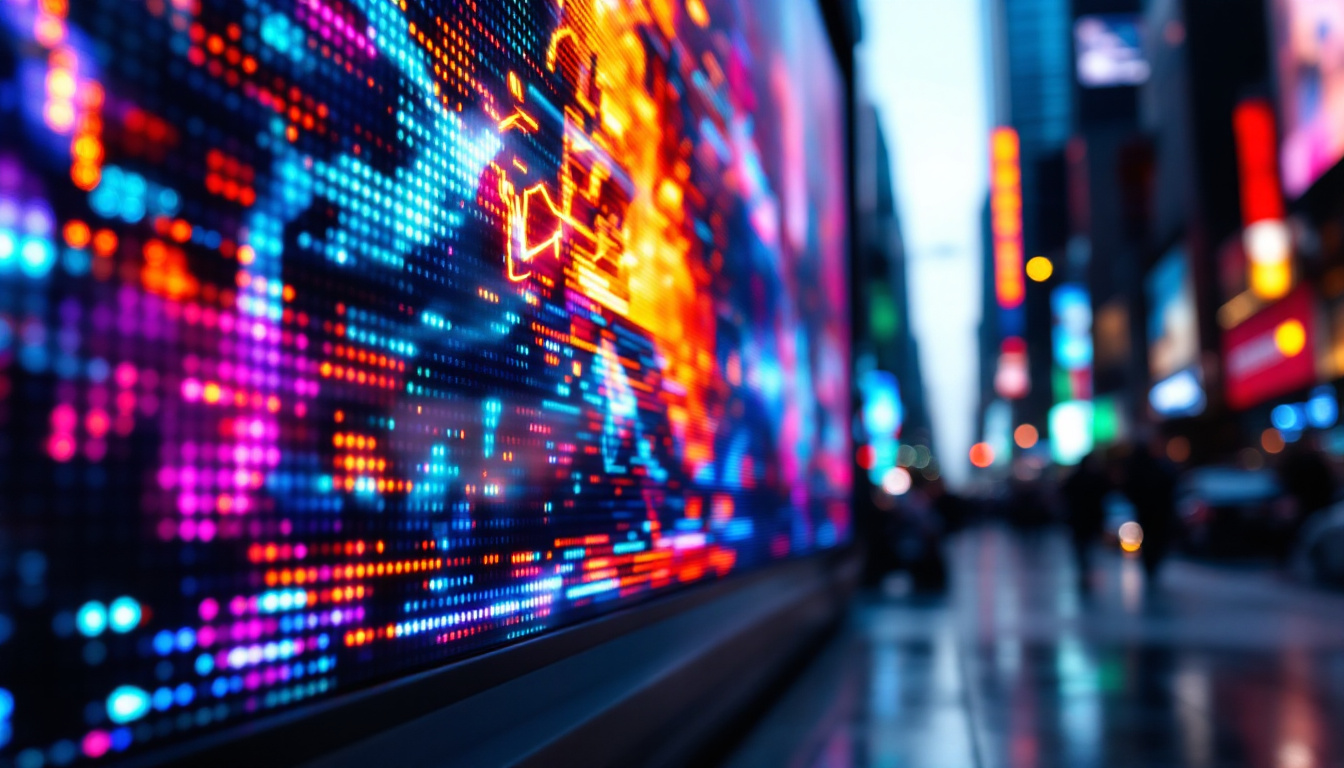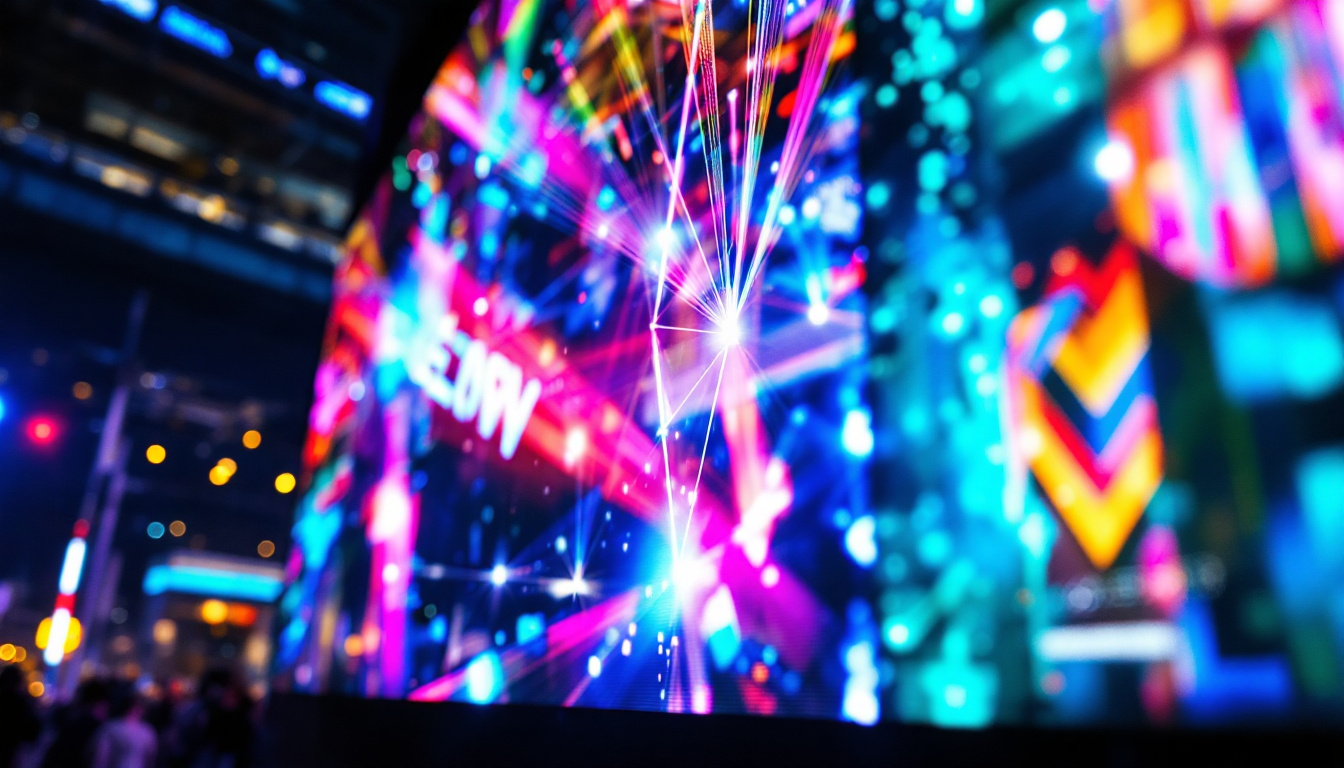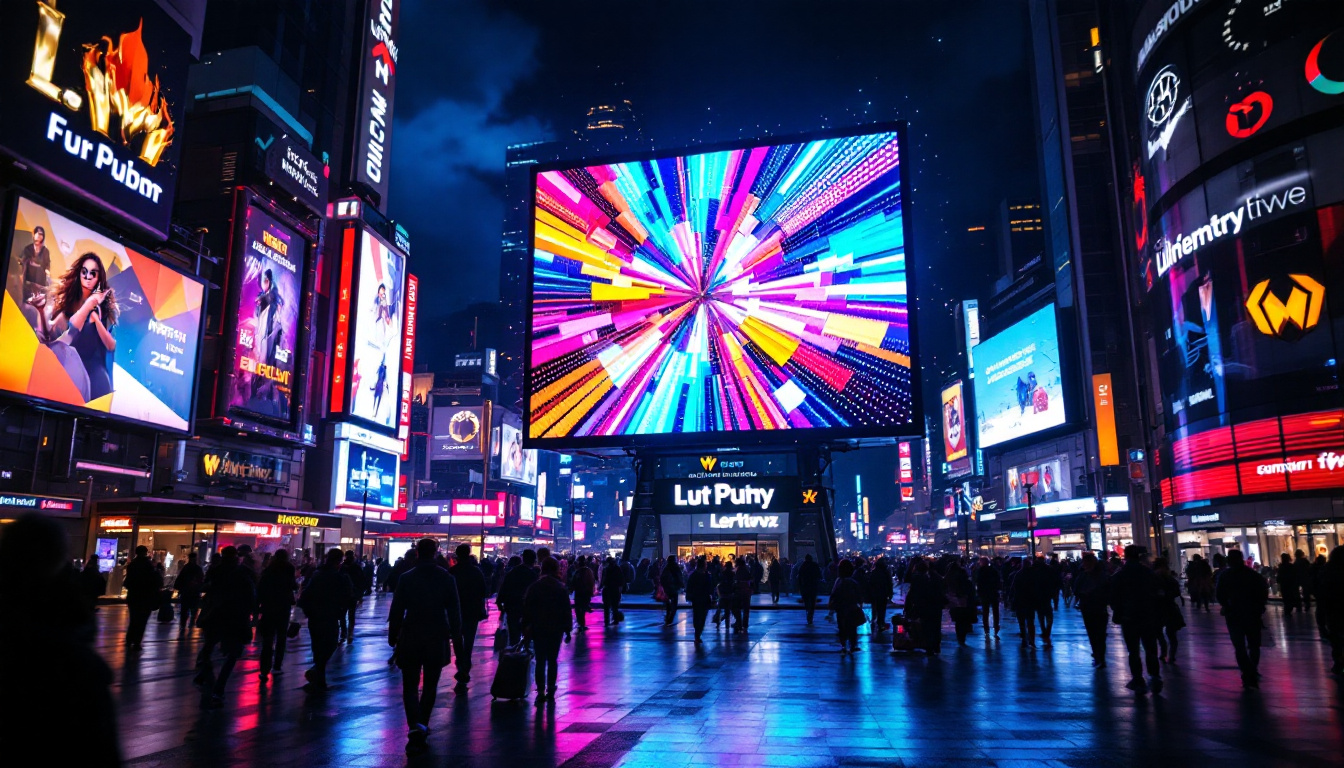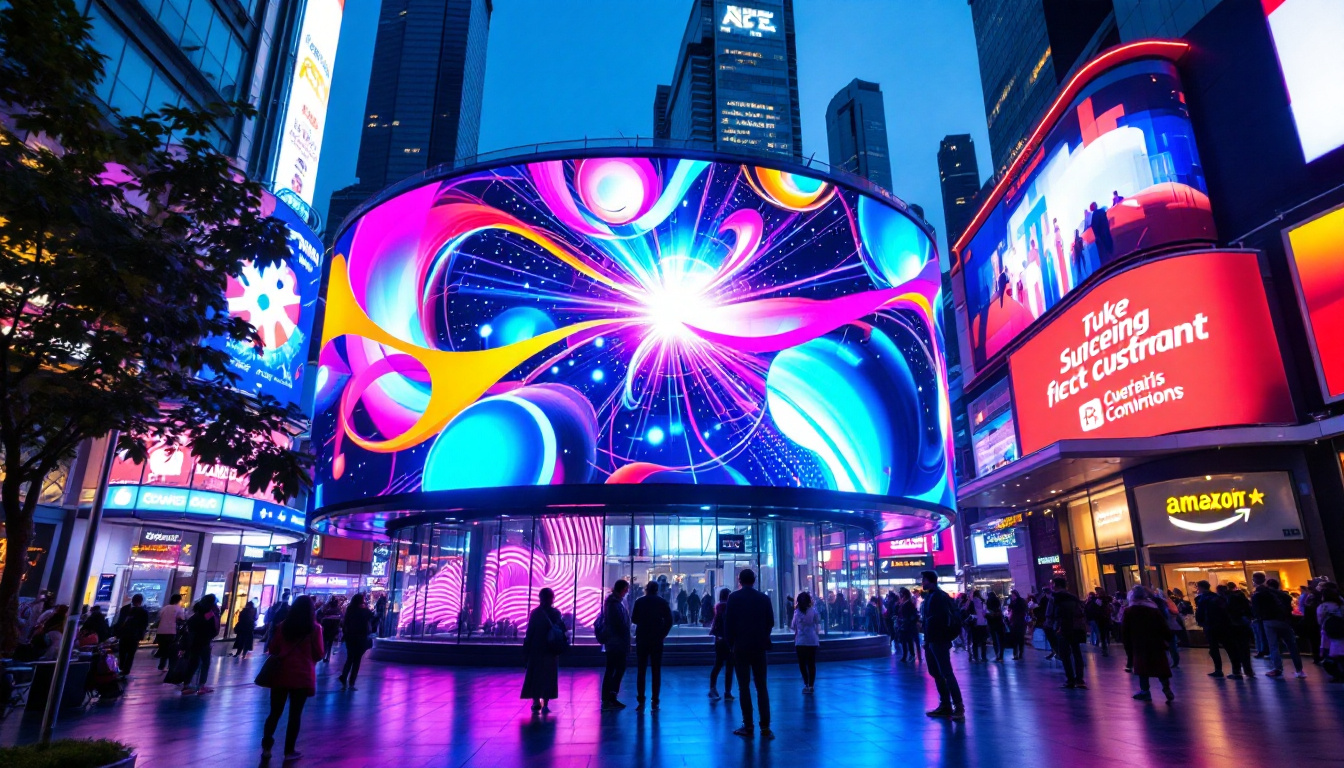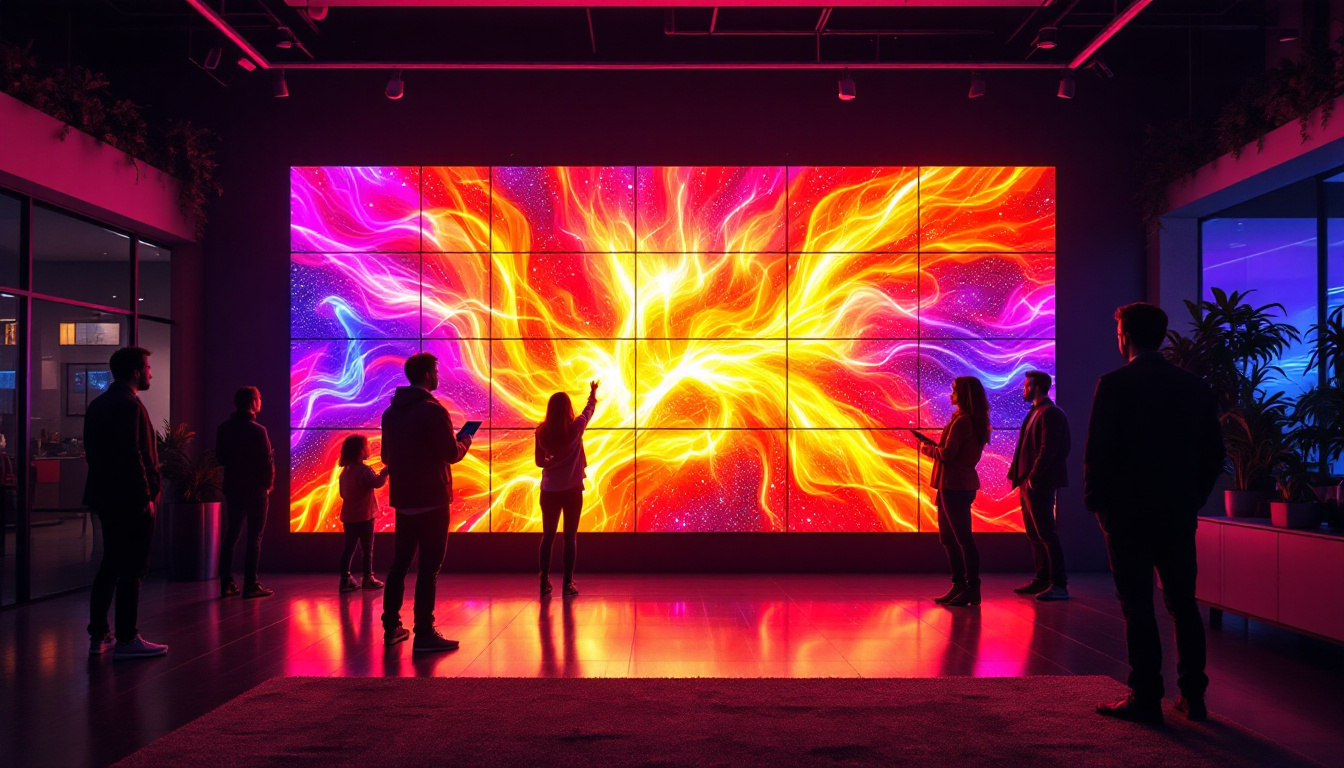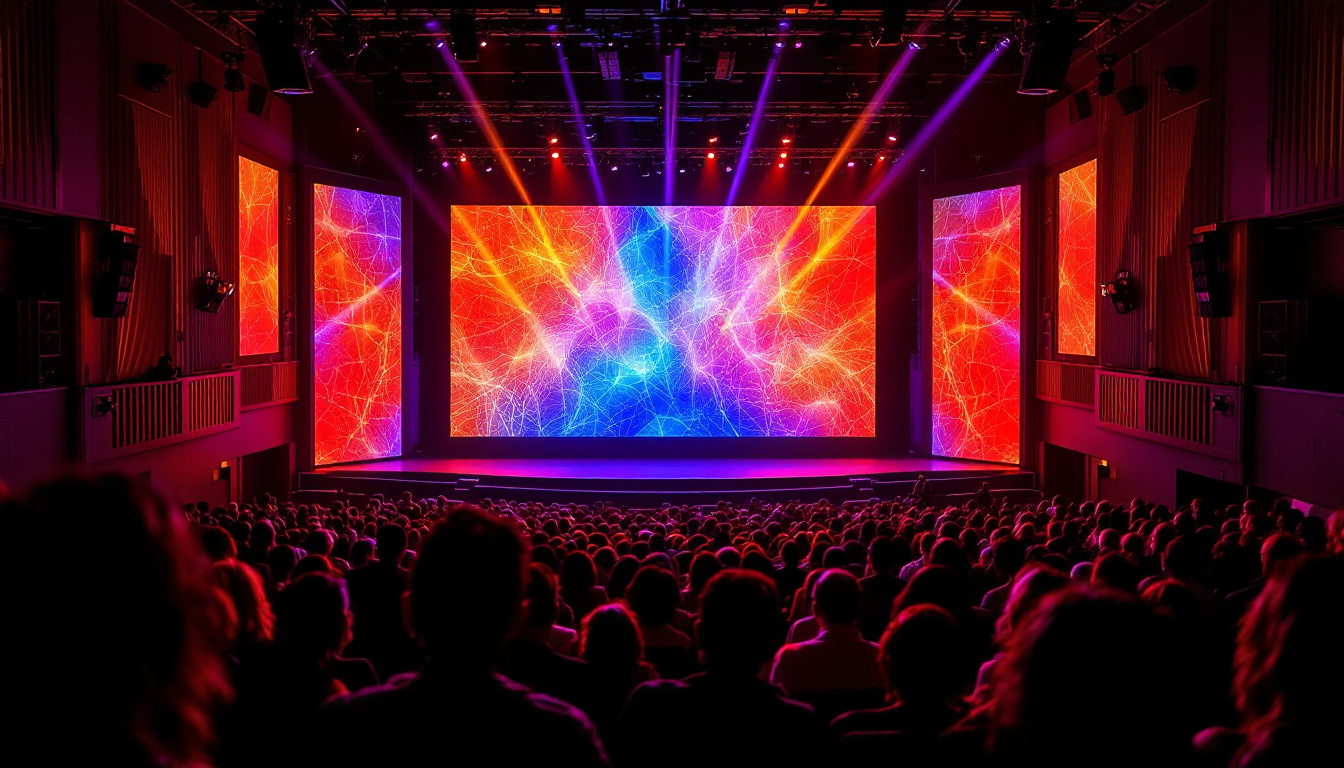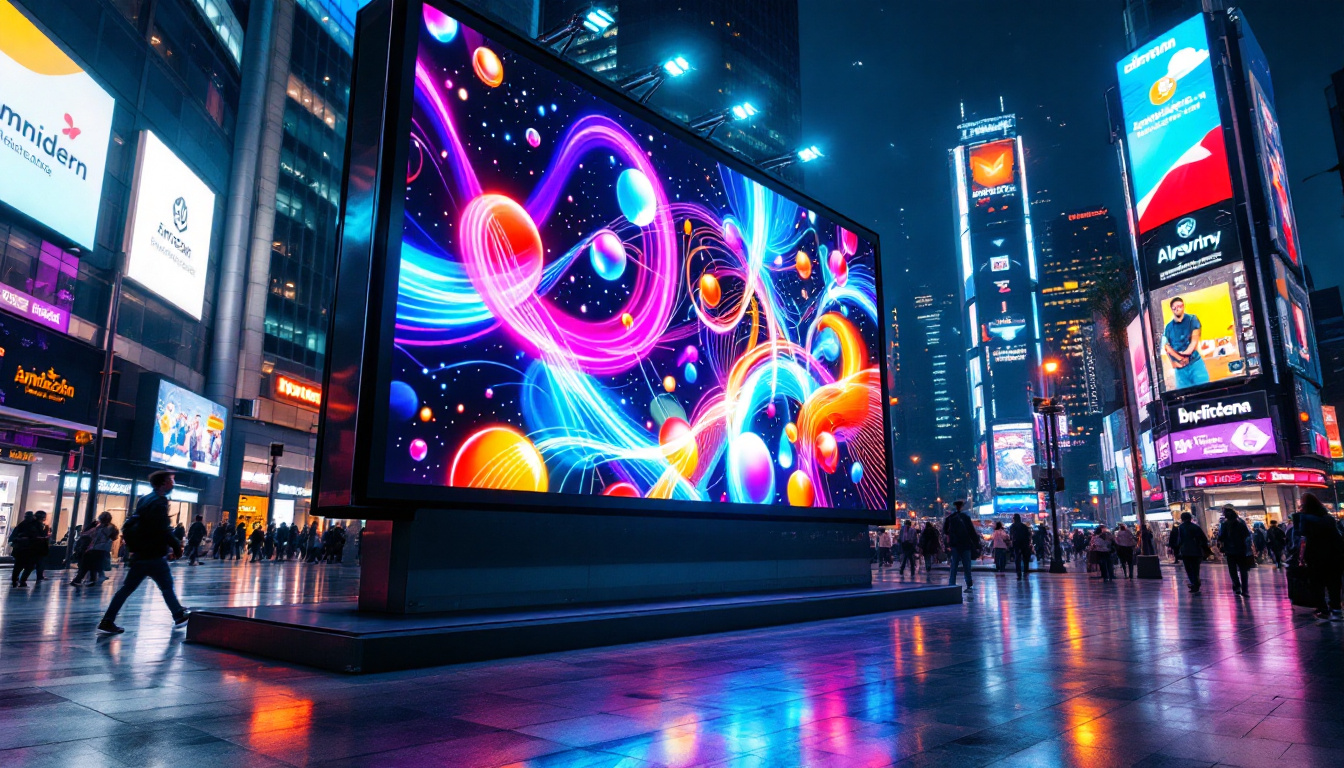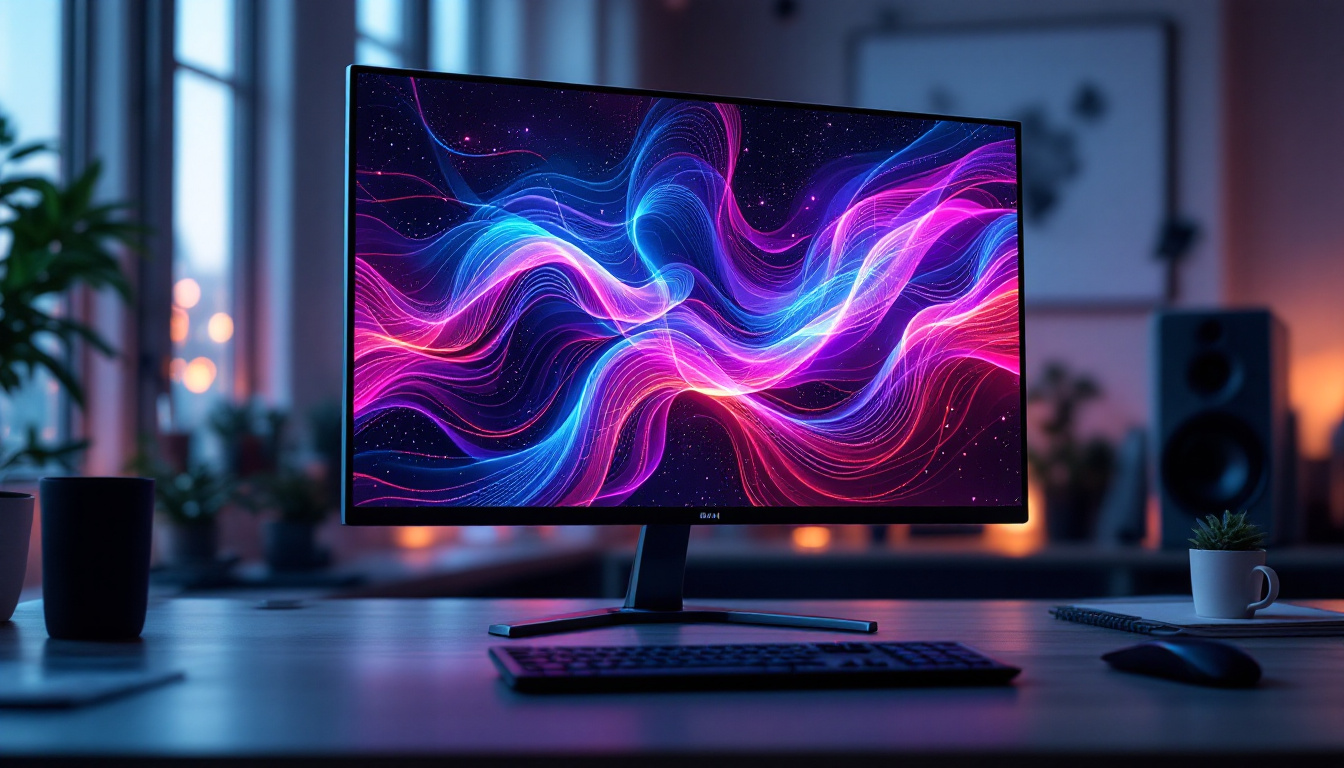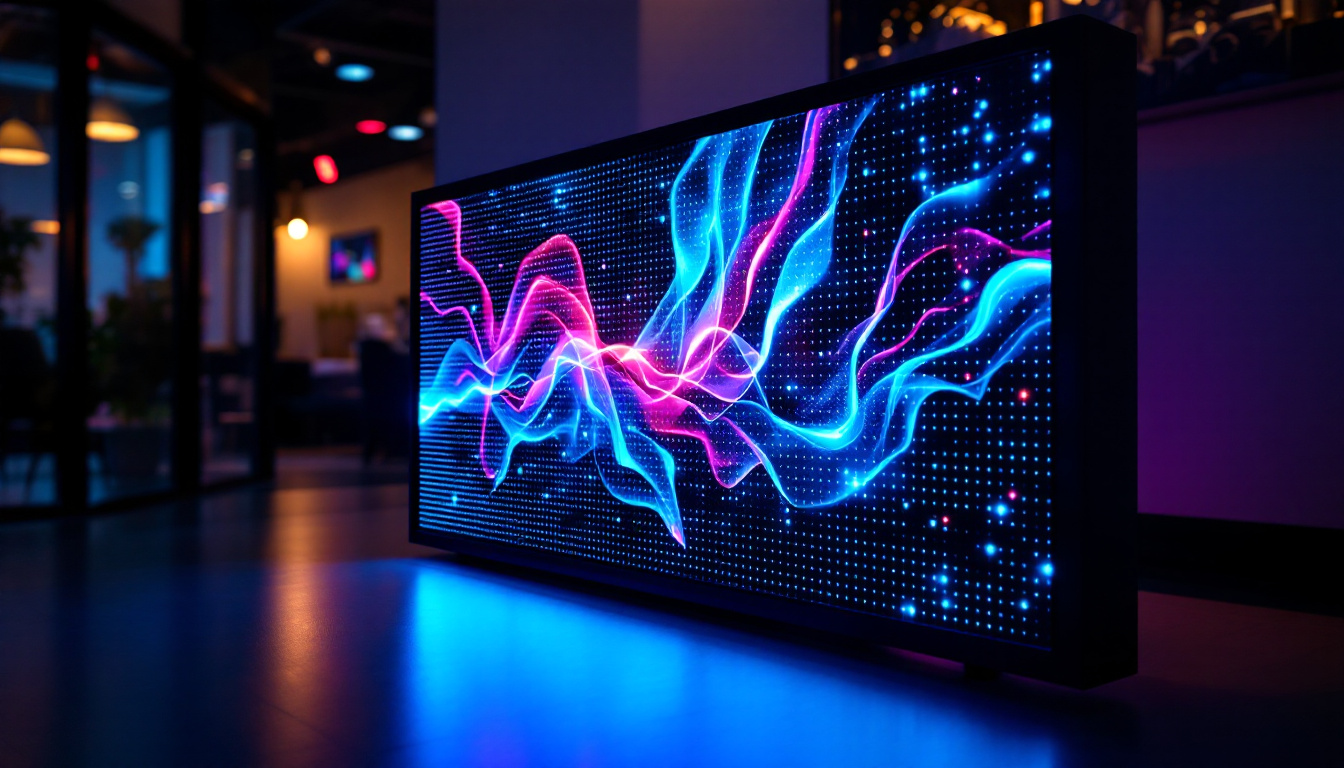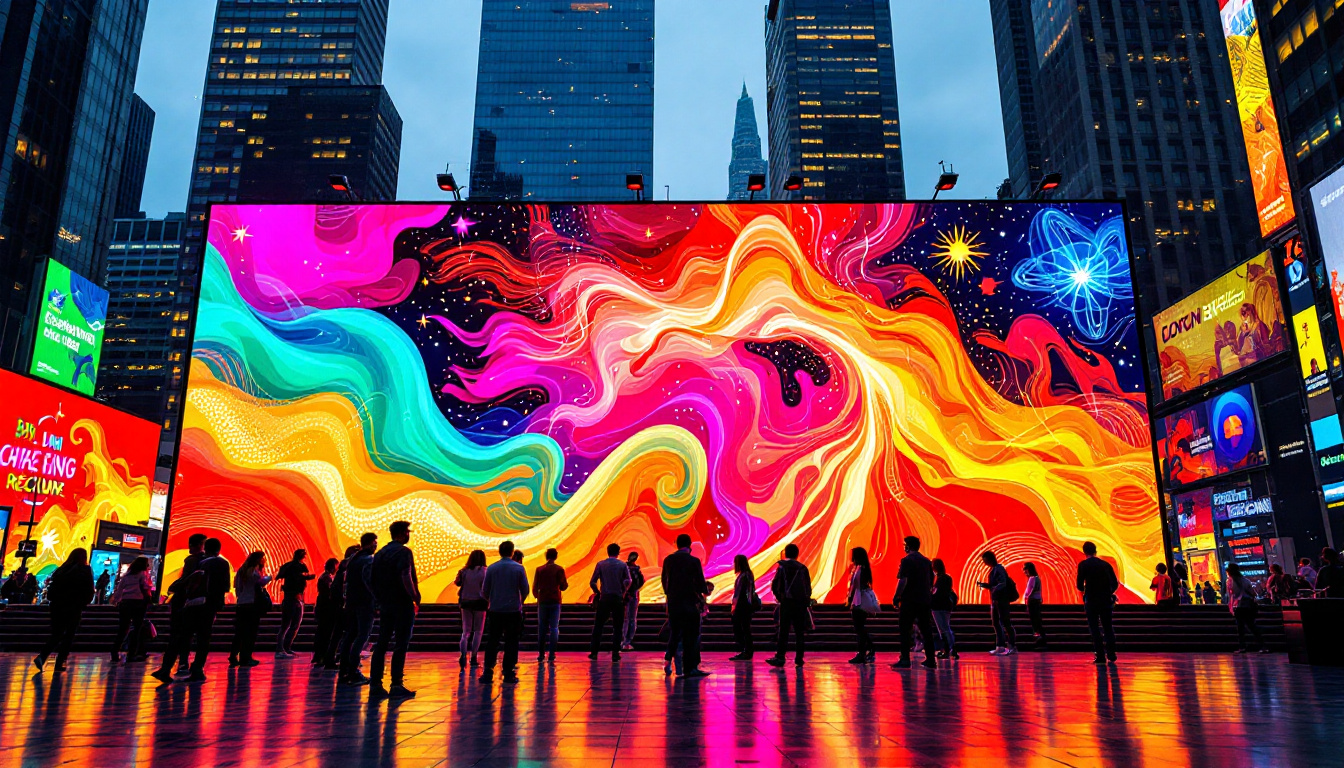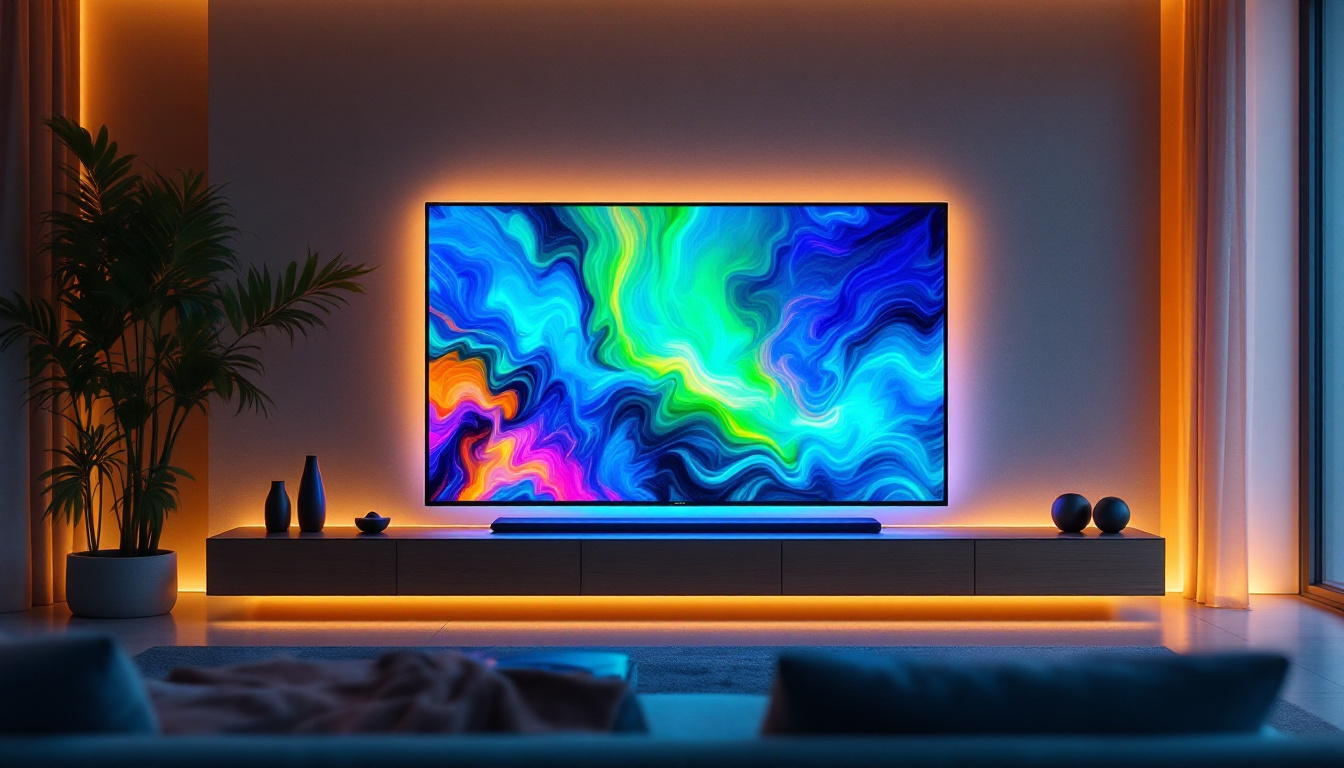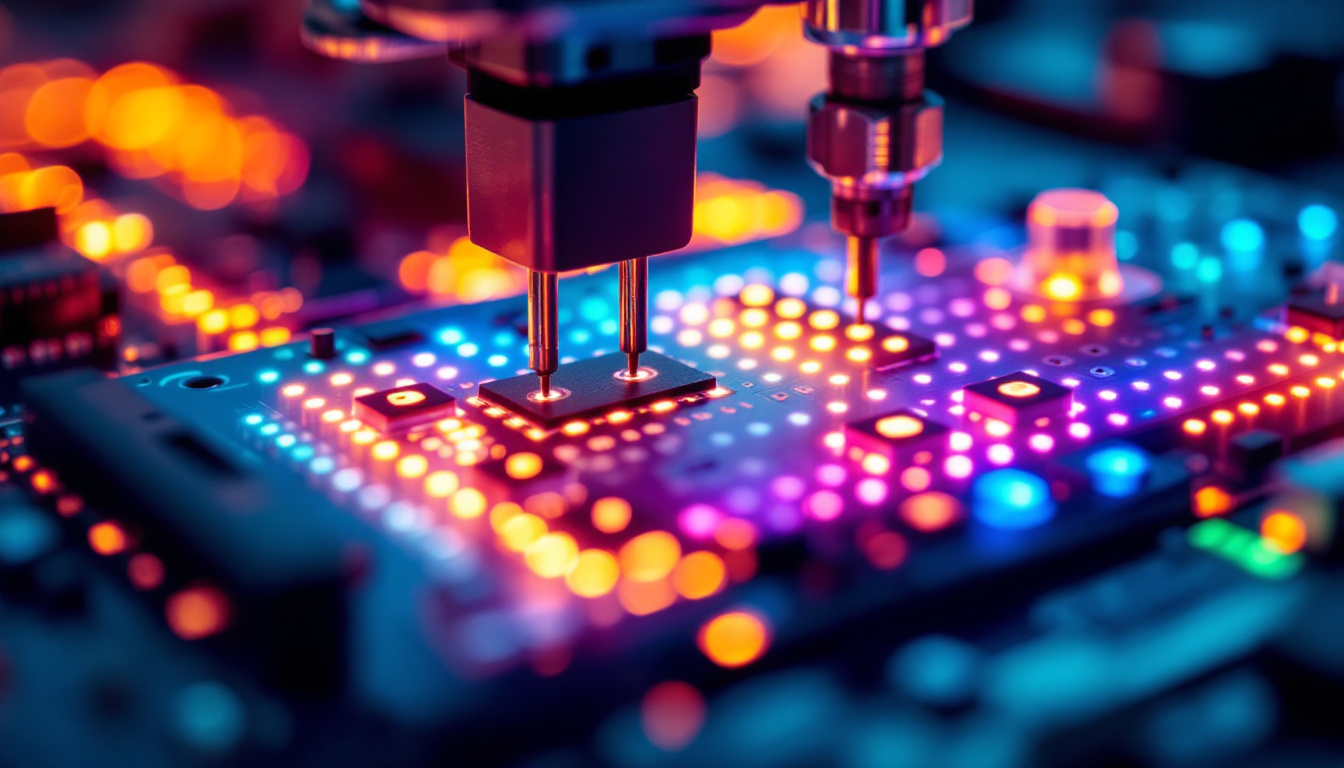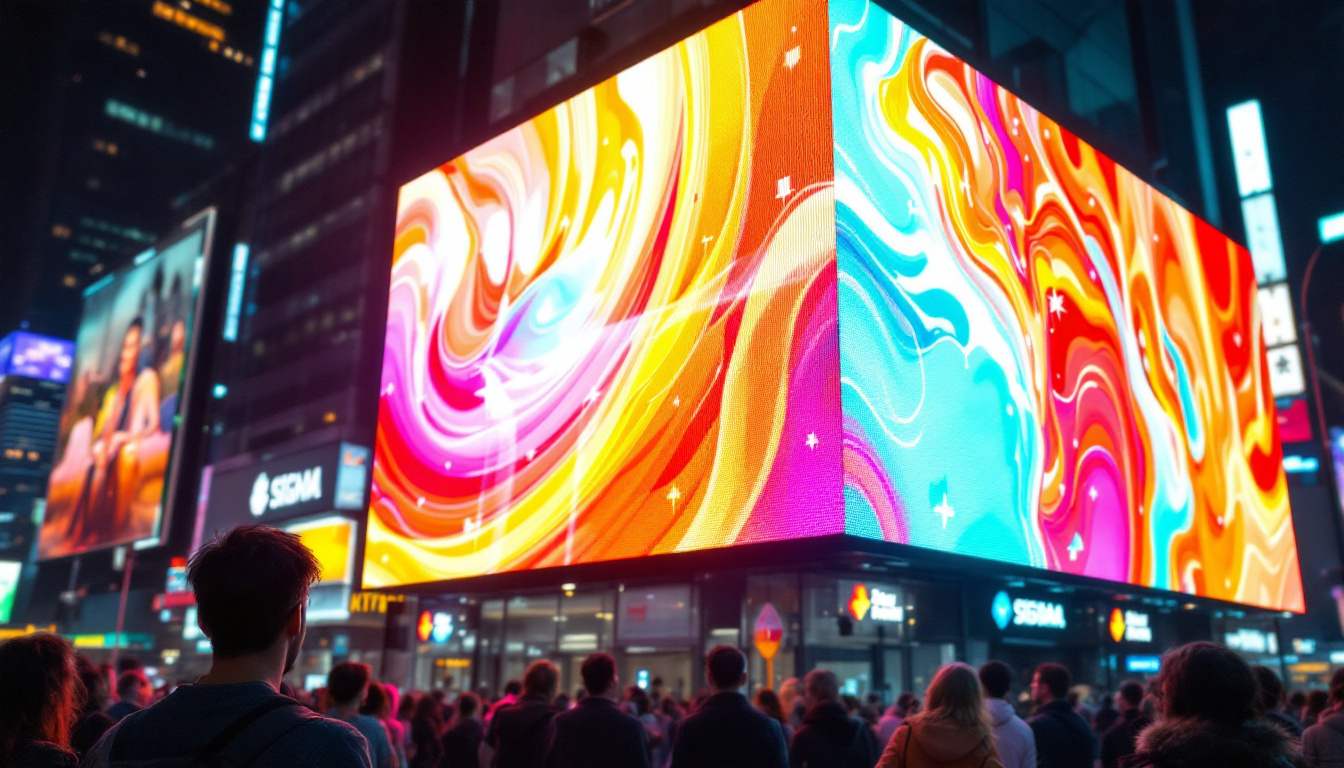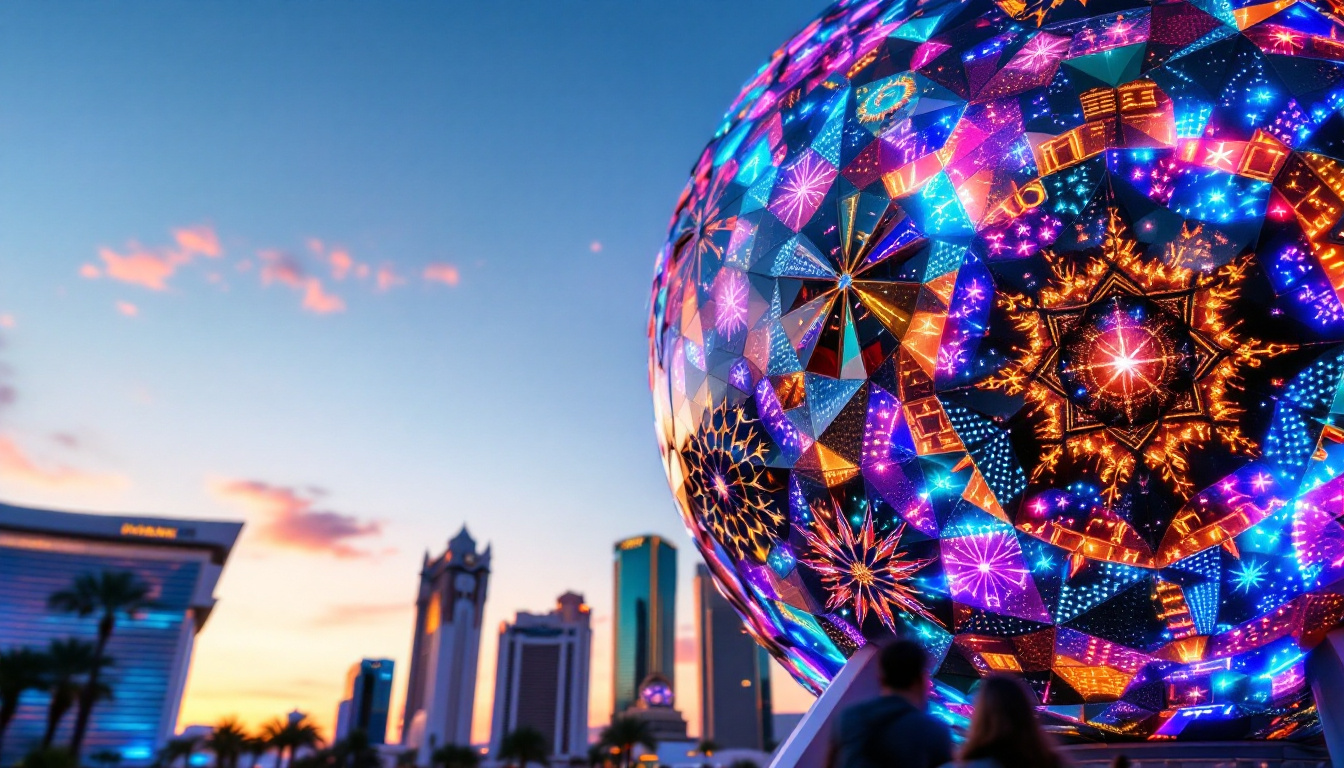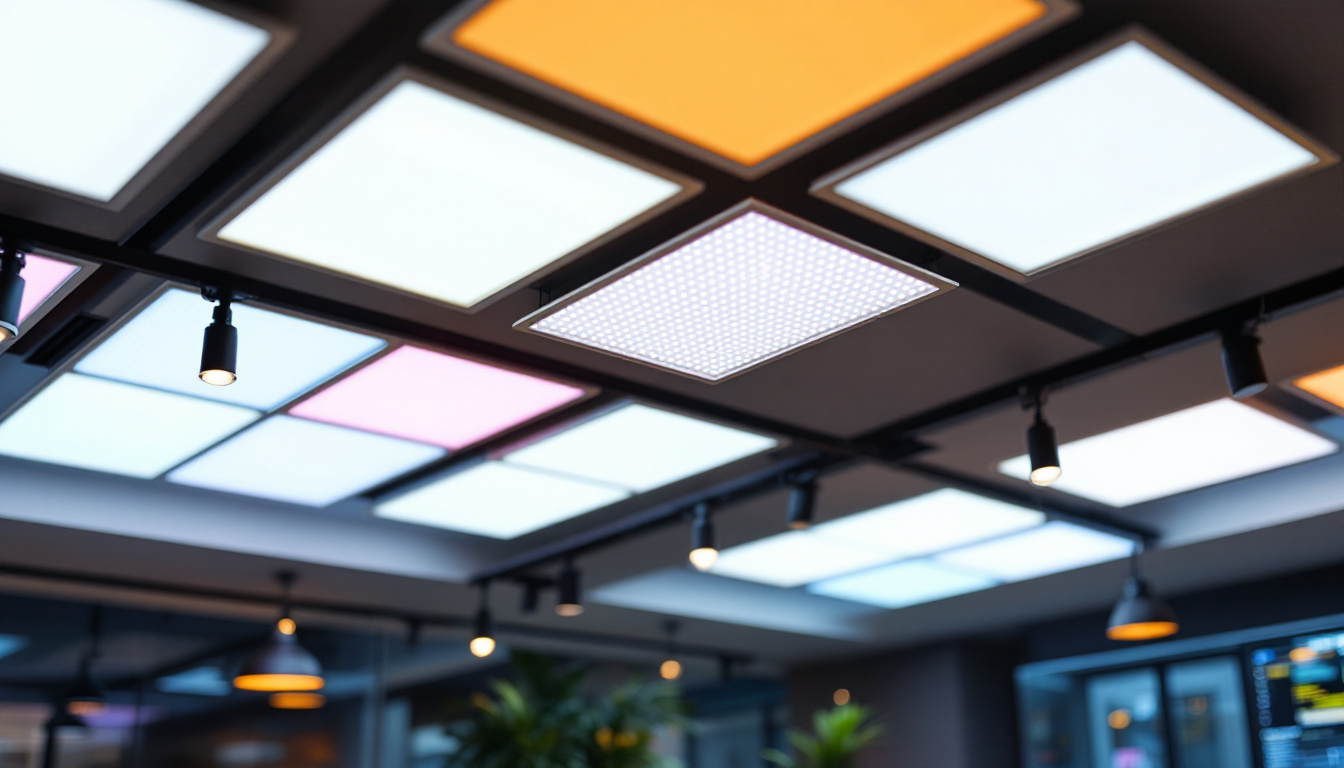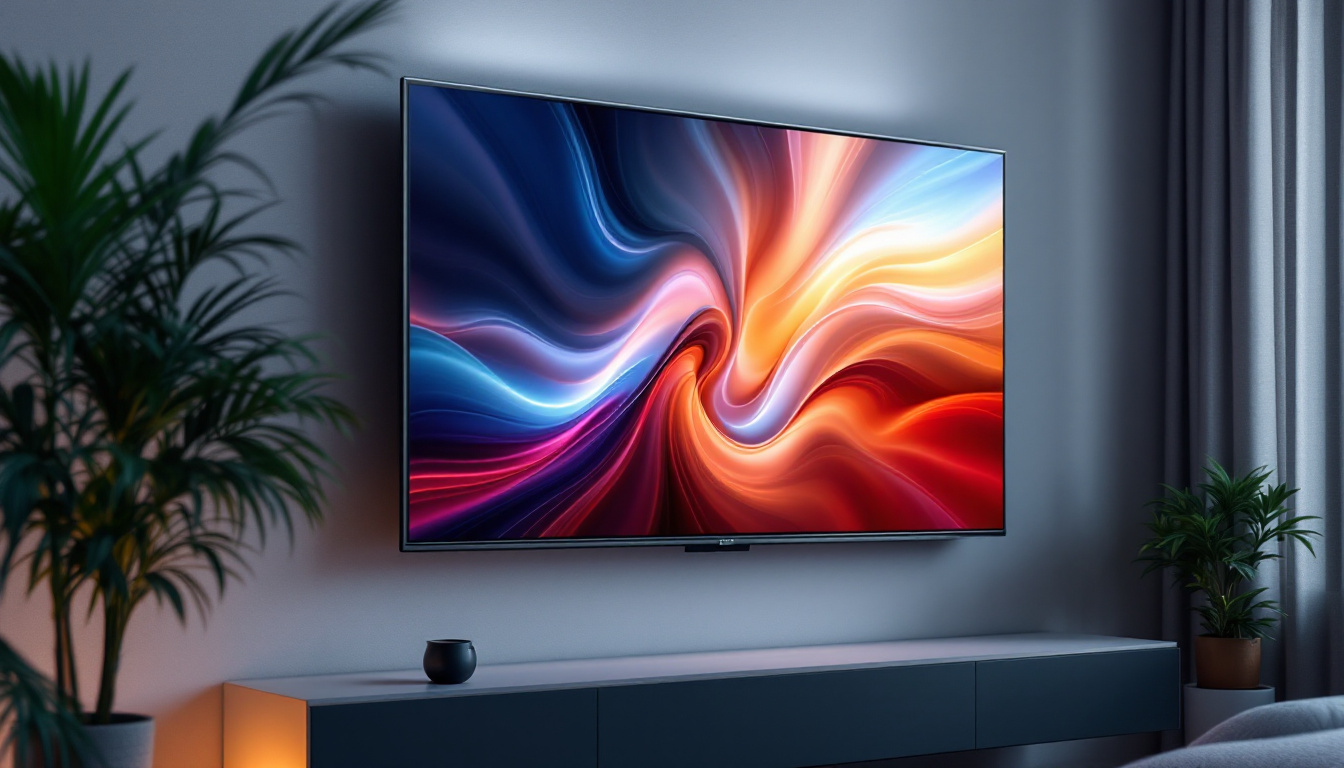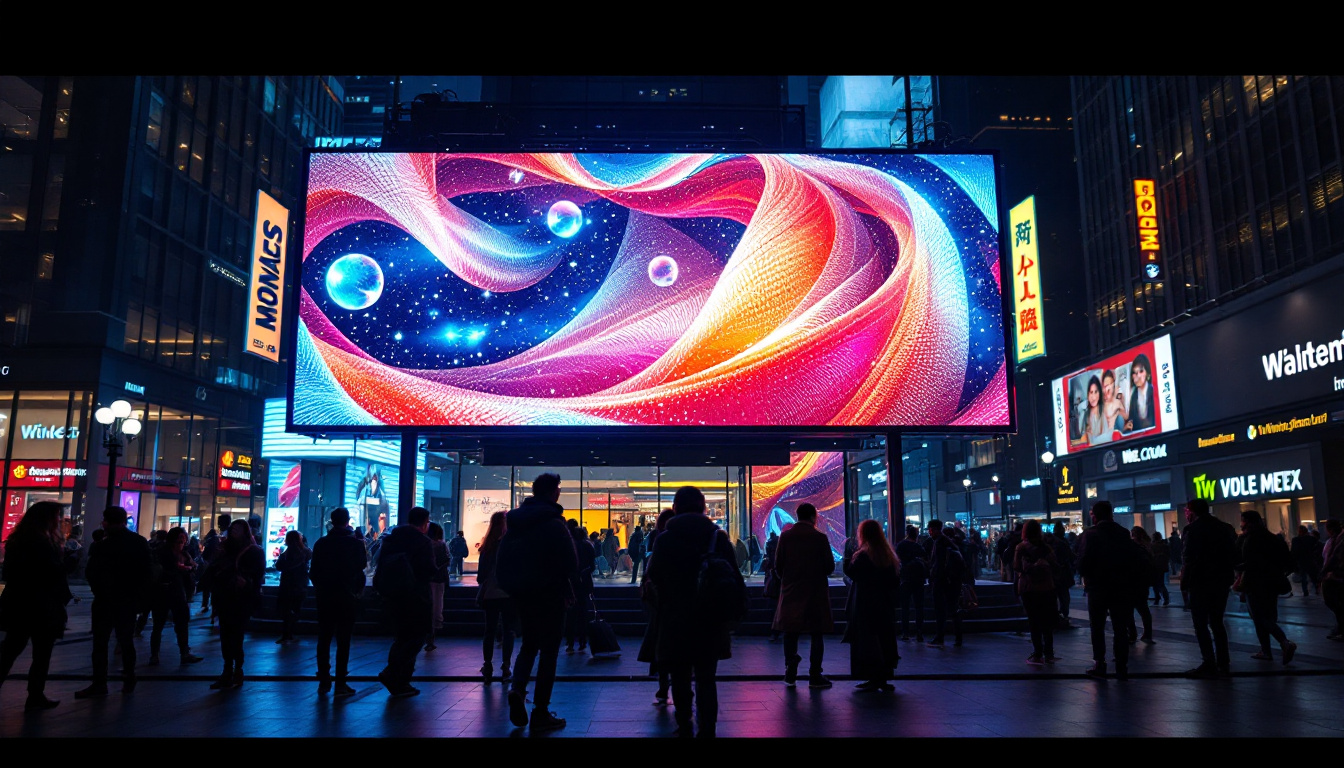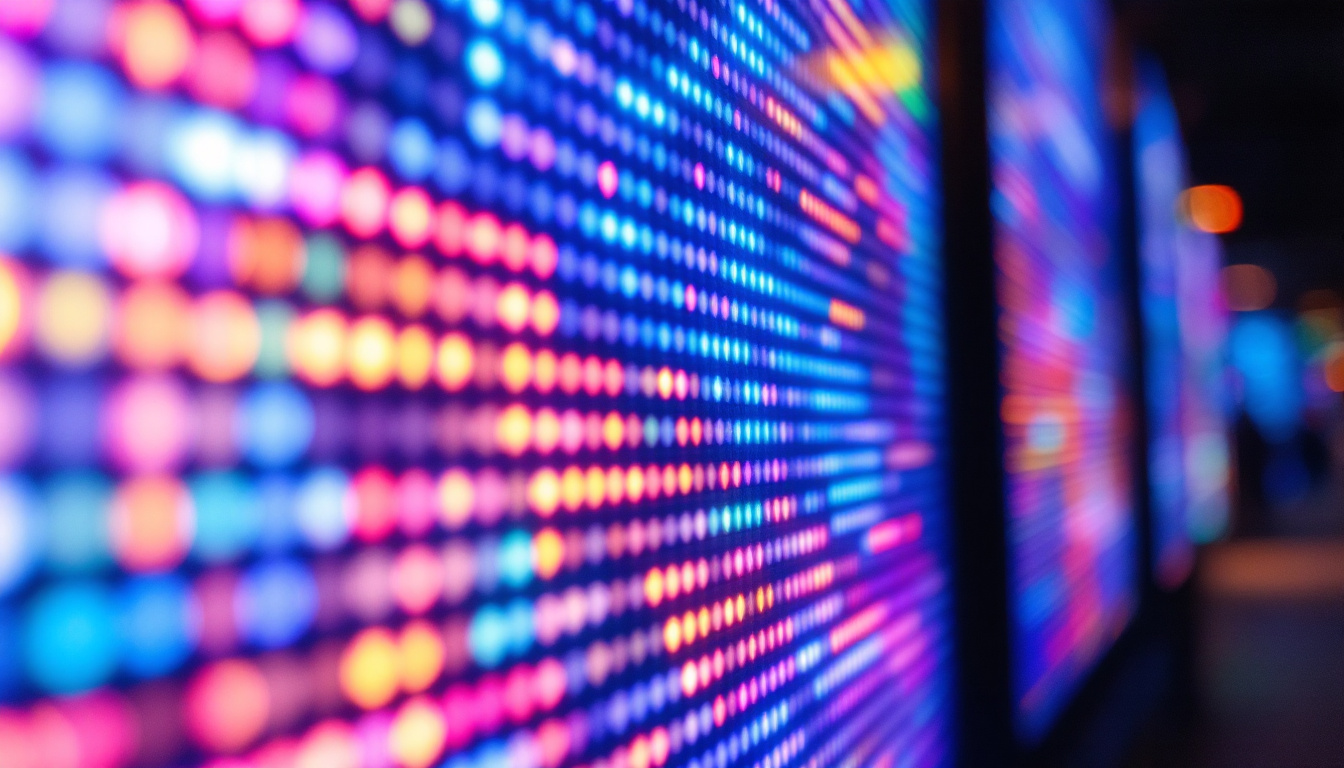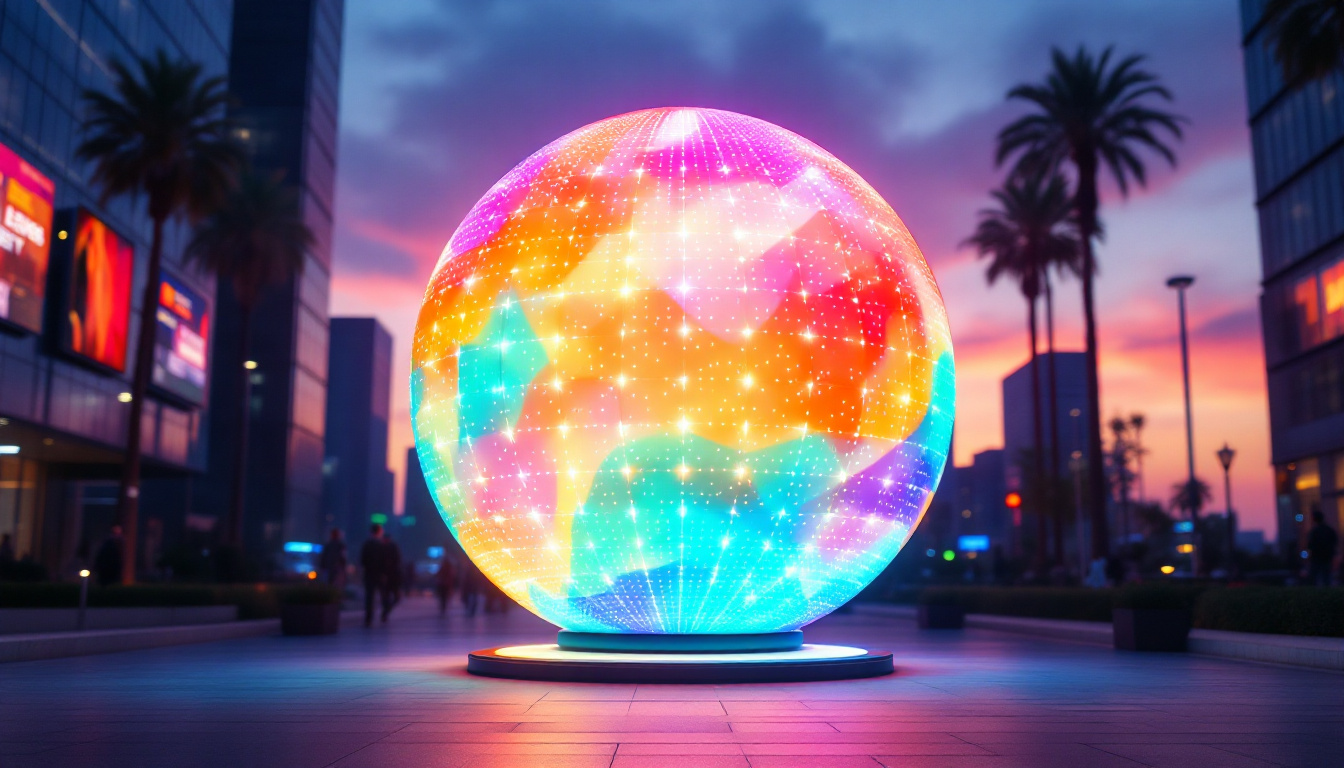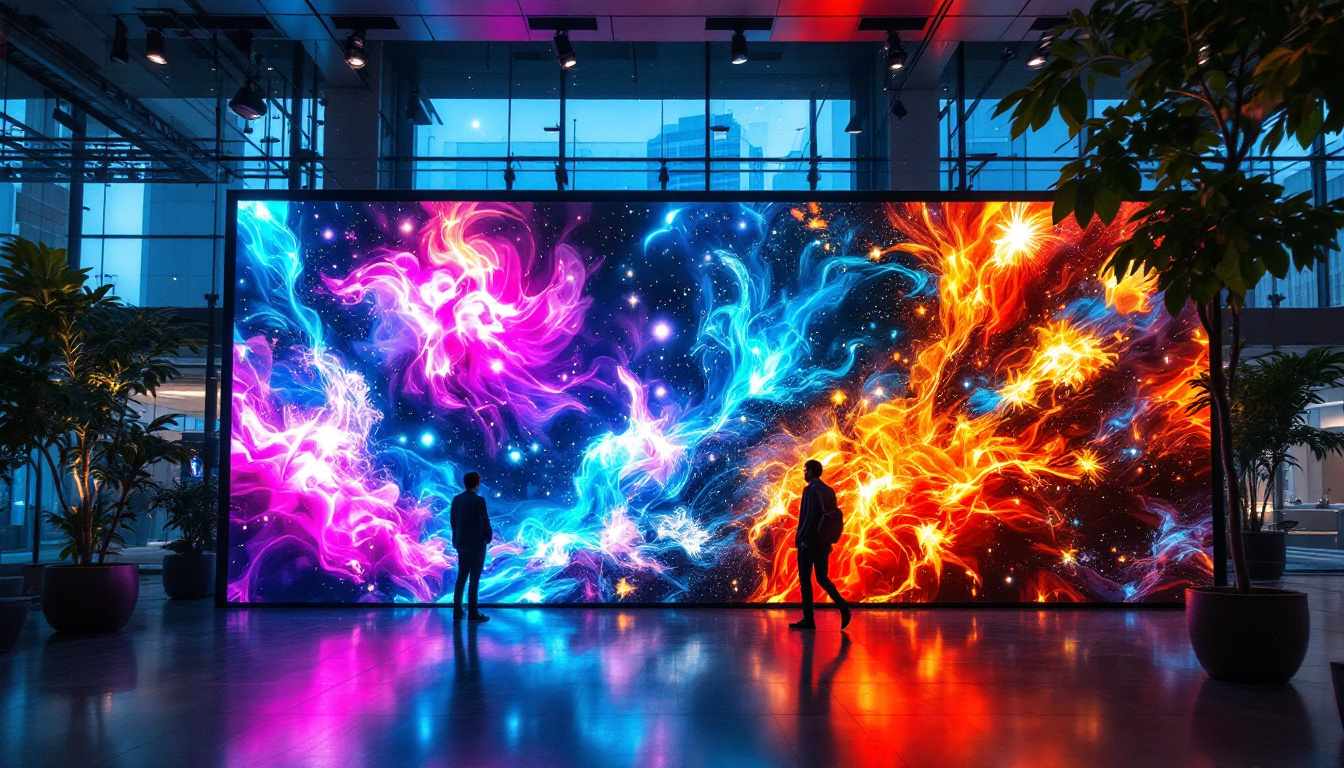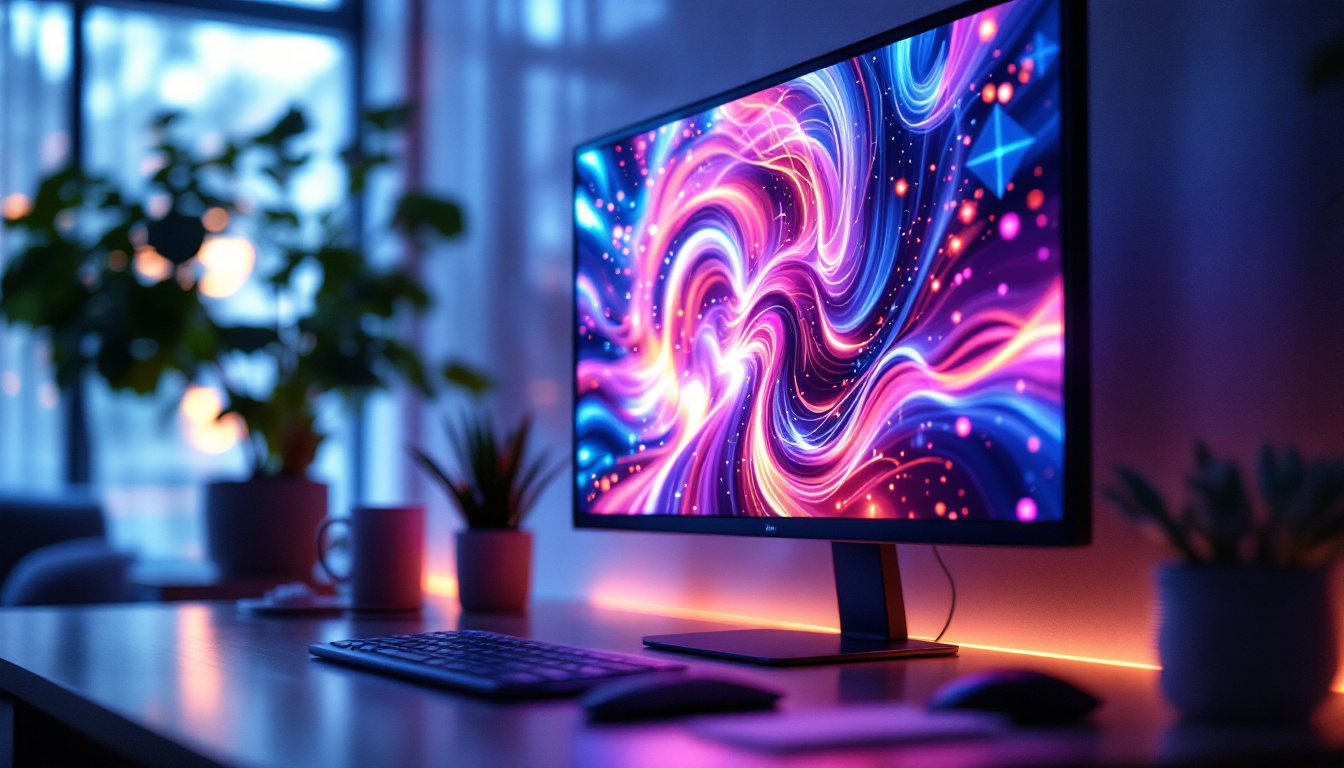In the digital age, the way we consume information and entertainment has transformed dramatically. One of the key players in this evolution is the LED display, a technology that has become ubiquitous in various sectors, from advertising to entertainment and beyond. This article delves into the intricacies of LED displays, exploring their components, functionality, advantages, and applications.
Understanding LED Technology
Light Emitting Diodes (LEDs) are semiconductor devices that emit light when an electric current passes through them. This simple yet powerful technology has paved the way for the development of vibrant and energy-efficient displays. The fundamental principle behind LED technology lies in electroluminescence, where certain materials emit light when energized. This phenomenon was first observed in the early 20th century, but it wasn’t until the 1960s that practical applications began to emerge, leading to the widespread use of LEDs in various industries today.
The Basics of LED Components
At the core of an LED display are individual LEDs, which can be combined to form pixels. Each pixel typically consists of three LEDs: red, green, and blue (RGB). By varying the intensity of these three colors, a wide spectrum of colors can be produced. This RGB configuration is crucial for creating the vivid images and videos that LED displays are known for. The precise control over color mixing allows for the representation of millions of colors, making LED technology ideal for applications ranging from digital signage to high-definition televisions.
In addition to the LEDs themselves, an LED display includes several other components such as a driver circuit, a control system, and a power supply. The driver circuit regulates the current flowing to the LEDs, ensuring they operate within safe limits. The control system processes the incoming data and translates it into signals that the driver circuit can understand, while the power supply provides the necessary energy for the entire system. Moreover, advancements in technology have led to the development of smart LED systems that integrate features like wireless connectivity and real-time data processing, enhancing their functionality and versatility.
Types of LED Displays
LED displays come in various types, each suited for different applications. The most common types include:
- Direct View LED Displays: These displays are made up of individual LEDs arranged in a matrix. They are often used in large outdoor billboards and indoor screens, where their brightness and visibility can effectively capture attention even in direct sunlight.
- LED Backlit Displays: These displays use LEDs to illuminate an LCD panel from behind. This technology is prevalent in televisions and computer monitors, providing improved contrast and color accuracy compared to traditional CCFL backlighting.
- Organic LED (OLED) Displays: Utilizing organic compounds that emit light, OLED displays offer superior color accuracy and contrast ratios. They are commonly found in high-end smartphones and televisions, where their ability to produce true blacks and vibrant colors enhances the viewing experience.
Furthermore, there are also specialized types of LED displays, such as Transparent LED Displays, which allow for visibility through the screen while still displaying images and videos. This innovative technology is increasingly being used in retail environments and architectural installations, providing a unique way to engage customers without obstructing views. Another emerging type is MicroLED, which consists of tiny, self-emissive LEDs that can be used to create modular displays with incredible resolution and flexibility, paving the way for the next generation of display technology.
How LED Displays Work
The operation of an LED display is a fascinating interplay of technology and design. Understanding how these displays work can provide insights into their capabilities and advantages.
Pixel Matrix and Color Mixing
The pixel matrix is the foundation of an LED display. Each pixel is controlled individually, allowing for precise color mixing and image rendering. When a specific color is needed, the display adjusts the brightness of the red, green, and blue LEDs within that pixel. For instance, to create yellow, the red and green LEDs are illuminated while the blue remains off.
This ability to control each pixel independently enables LED displays to produce high-definition images and videos. The resolution of an LED display, often measured in pixels per inch (PPI), plays a significant role in determining the clarity and detail of the visuals.
Data Processing and Control Systems
Data processing in LED displays is handled by sophisticated control systems that manage the flow of information from the source to the display. These systems can handle various input formats, including HDMI, VGA, and DVI, making them versatile for different applications.
Advanced control systems also allow for features such as real-time content updates, remote management, and integration with other technologies like sensors and cameras. This level of control enhances the display’s functionality, making it suitable for dynamic environments like sports arenas and concert venues.
Advantages of LED Displays
LED displays offer numerous advantages that make them a preferred choice across various industries. Their unique characteristics set them apart from traditional display technologies.
Energy Efficiency
One of the most significant benefits of LED displays is their energy efficiency. Compared to traditional incandescent or fluorescent lighting, LEDs consume significantly less power. This not only reduces operational costs but also minimizes the environmental impact, making LED displays a more sustainable option.
Furthermore, advancements in technology have led to the development of energy-saving features, such as automatic brightness adjustment based on ambient light conditions. This ensures that the display uses only the necessary amount of energy, further enhancing its efficiency.
Brightness and Visibility
LED displays are known for their exceptional brightness levels, making them highly visible even in direct sunlight. This characteristic is particularly beneficial for outdoor advertising and signage, where visibility is crucial for attracting attention.
The high brightness levels are complemented by excellent contrast ratios, allowing for vivid colors and sharp images. This combination of brightness and contrast ensures that LED displays can deliver clear content in various lighting conditions, enhancing the viewer’s experience.
Longevity and Durability
LED displays are built to last, with a lifespan that often exceeds 100,000 hours. This longevity is a significant advantage for businesses and organizations that rely on displays for continuous operation. Unlike traditional displays that may require frequent replacements, LED displays provide a cost-effective solution over time.
Additionally, LED technology is inherently more durable, as it is less susceptible to damage from shocks and vibrations. This makes LED displays ideal for outdoor environments and high-traffic areas, where traditional displays might fail more quickly.
Applications of LED Displays
The versatility of LED displays has led to their widespread adoption across various sectors. From advertising to entertainment, these displays serve multiple purposes, enhancing communication and engagement.
Advertising and Marketing
In the advertising industry, LED displays have revolutionized the way brands communicate with consumers. Digital billboards and signage can display dynamic content, allowing advertisers to change messages in real-time based on audience engagement or time of day.
This flexibility not only captures attention but also enables targeted marketing strategies. Brands can tailor their messages to specific demographics, maximizing the impact of their advertising efforts. The ability to display high-quality visuals further enhances brand visibility and recognition.
Entertainment and Events
LED displays play a crucial role in the entertainment industry, particularly in concerts, festivals, and sporting events. Large-scale LED screens are often used to broadcast live performances, ensuring that every audience member has a clear view of the action.
Moreover, LED displays can create immersive experiences through stunning visuals and synchronized lighting effects. This integration of technology and artistry captivates audiences, making events more memorable and engaging.
Corporate and Educational Use
In corporate settings, LED displays are utilized for presentations, meetings, and information dissemination. Their ability to display high-resolution content makes them ideal for showcasing data, videos, and graphics during presentations.
Educational institutions also benefit from LED displays, using them as interactive teaching tools. These displays can enhance learning experiences by providing visual aids, facilitating group discussions, and enabling remote learning opportunities.
The Future of LED Displays
As technology continues to evolve, the future of LED displays looks promising. Innovations in design, functionality, and integration are paving the way for even more advanced displays that will shape how information is consumed.
Advancements in MicroLED Technology
One of the most exciting developments in the LED display industry is the emergence of MicroLED technology. MicroLED displays consist of tiny individual LEDs that can create images with unparalleled clarity and color accuracy. This technology promises to deliver even higher resolutions and better performance than current LED displays.
MicroLED displays are also expected to be more energy-efficient and environmentally friendly, further enhancing their appeal. As this technology matures, it could revolutionize consumer electronics, leading to new applications in smartphones, televisions, and wearable devices.
Integration with Smart Technology
The integration of LED displays with smart technology is another trend that is gaining traction. Smart LED displays can connect to the Internet of Things (IoT), allowing for real-time data updates, remote control, and enhanced interactivity.
This integration opens up new possibilities for businesses and organizations, enabling them to create personalized experiences for their audiences. For instance, smart displays can adjust content based on viewer demographics or preferences, making communication more effective and engaging.
Sustainability Initiatives
As environmental concerns continue to rise, the LED display industry is also focusing on sustainability initiatives. Manufacturers are exploring ways to reduce waste, improve recyclability, and minimize energy consumption during production.
These efforts not only align with global sustainability goals but also enhance the reputation of LED displays as an eco-friendly choice. As consumers become more environmentally conscious, the demand for sustainable technologies will likely drive further innovations in the LED display market.
Conclusion
LED displays have transformed the landscape of visual communication, offering vibrant, energy-efficient, and durable solutions for a wide range of applications. Their ability to deliver high-quality images and dynamic content has made them a staple in advertising, entertainment, and education.
As technology continues to advance, the future of LED displays holds exciting possibilities. With innovations in MicroLED technology, smart integration, and sustainability initiatives, LED displays are poised to play an even more significant role in shaping how information is shared and experienced. Embracing this technology not only enhances communication but also contributes to a more sustainable and engaging future.
Discover the Future of Visual Communication with LumenMatrix
Ready to elevate your visual engagement to the next level? LumenMatrix is at the forefront of LED display innovation, offering a diverse range of solutions tailored to your needs. From Indoor and Outdoor LED Wall Displays to specialized options like Vehicle, Sports, and Floor LED Displays, we have the technology to bring your vision to life. Experience the power of Custom, All-in-One, and LED Transparent Displays and see how our commitment to revolutionizing visual communication can transform your brand’s presence. Don’t miss out on the opportunity to captivate your audience with unparalleled clarity and impact. Check out LumenMatrix LED Display Solutions today and join the visual revolution.

